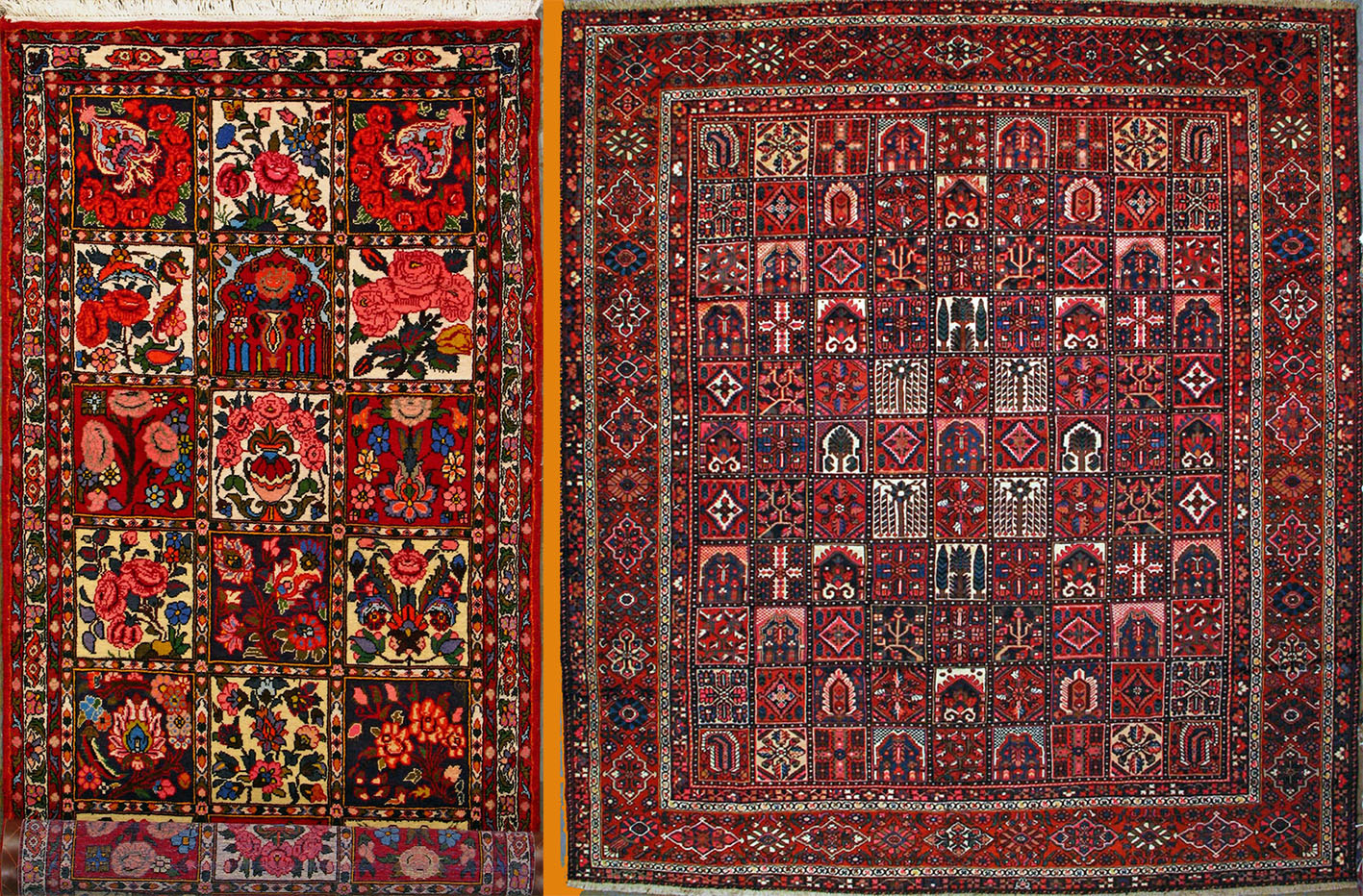Magic, myth and symbolism in rugs woven by the Bakhtiaris, a southwestern Iranian tribe and sub-group of the Lur ethnic group, are elaborated in a book recently brought out by Islamic Azad University.
The book is titled ‘Khesht-haye Bakhtiari,’ (literally ‘Adobes of Bakhtiari’).
It is written by Zeynab Baba Ahmadi, a graduate of art research from Tehran branch of Azad University College of Art and Architecture, Mehr News Agency reported.
The book is based on her master’s degree dissertation in 2015 titled ‘Structural and Contextual Analysis of Bakhtiari Handwoven Rugs’ (a case-oriented review on five ‘Kheshti’ rugs).
‘Kheshti’ carpets have the most popular designs among Bakhtiari rugs. In Kheshti design, various motifs of birds, animals or plants are placed in the squares or compartments of a very conspicuous checkerboard or latticed garden.
An interesting feature of such rugs is that each compartment will usually present a different motif and color scheme from that of the neighboring compartment. The end effect is a mesmerizing medley.
The floral designs of a Kheshti garden are roses, flowers and tendrils. Old Bakhtiari rugs usually feature beautifully rendered design elements from Iran flora and fauna. But unlike most Persian rugs, curvilinear designs are rare in Bakhtiari rugs.
For her dissertation, Ahmadi conducted library and field studies.
Her work is both descriptive and analytical. The book is edited by art critic and researcher, poet and essayist Pezhman Almasinia, 33.
The rugs covered in the book are woven in Chaharmahal-Bakhtiari Province in Zagros region where the nomadic Bakhtiari tribe, one of the oldest known Iranian tribes, eventually settled down around the 19th century. This helped them increase tremendously in quantity and quality the production of their rugs.
Today there are almost 200 rug-weaving villages in the province. The most famous weaving center is the capital city of Shahr-Kurd.
The 237-page book comprises four chapters: A Review on Geography, History, Culture and Art of Chaharmahal-Bakhtiari Province; Bakhtiari Handweaving, Types and Characteristics; Fetishism, Myth and Symbolism in Bakhtiari Rugs; and A Structural and Contextual Analysis on Five Kheshti Rugs.


